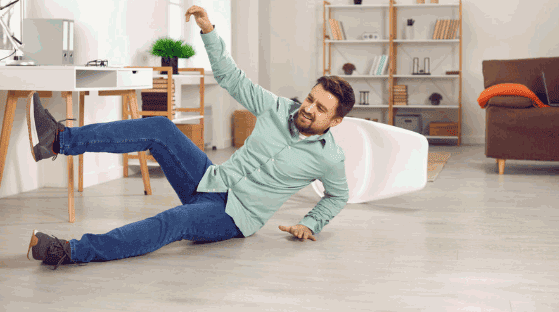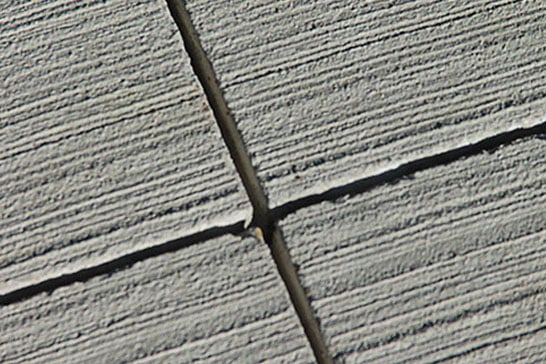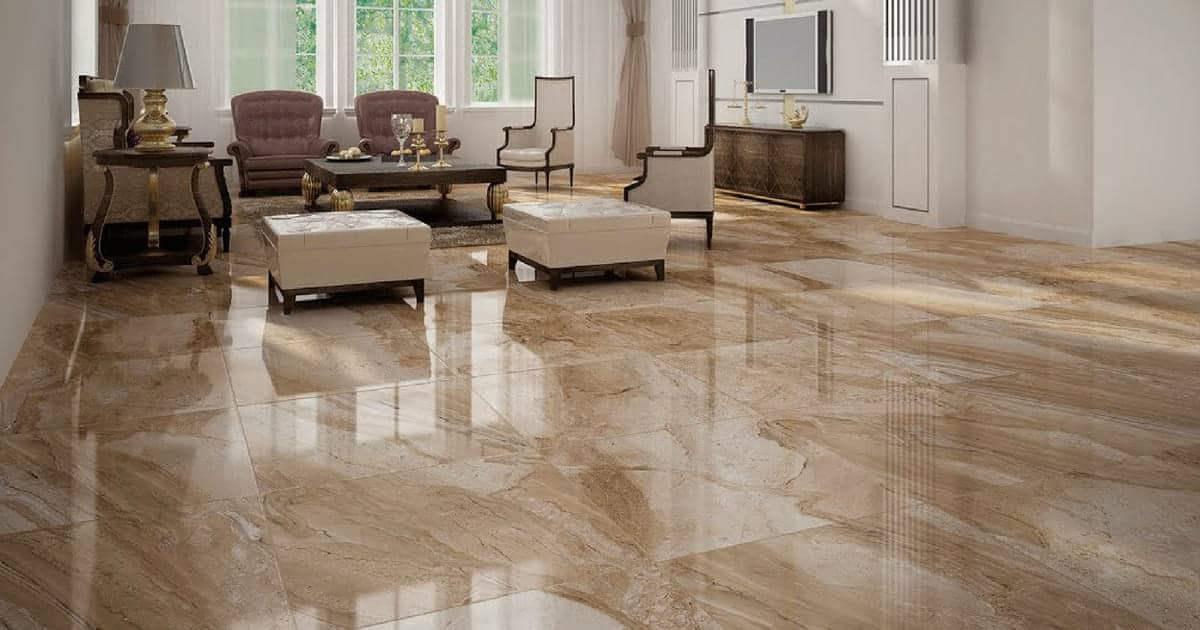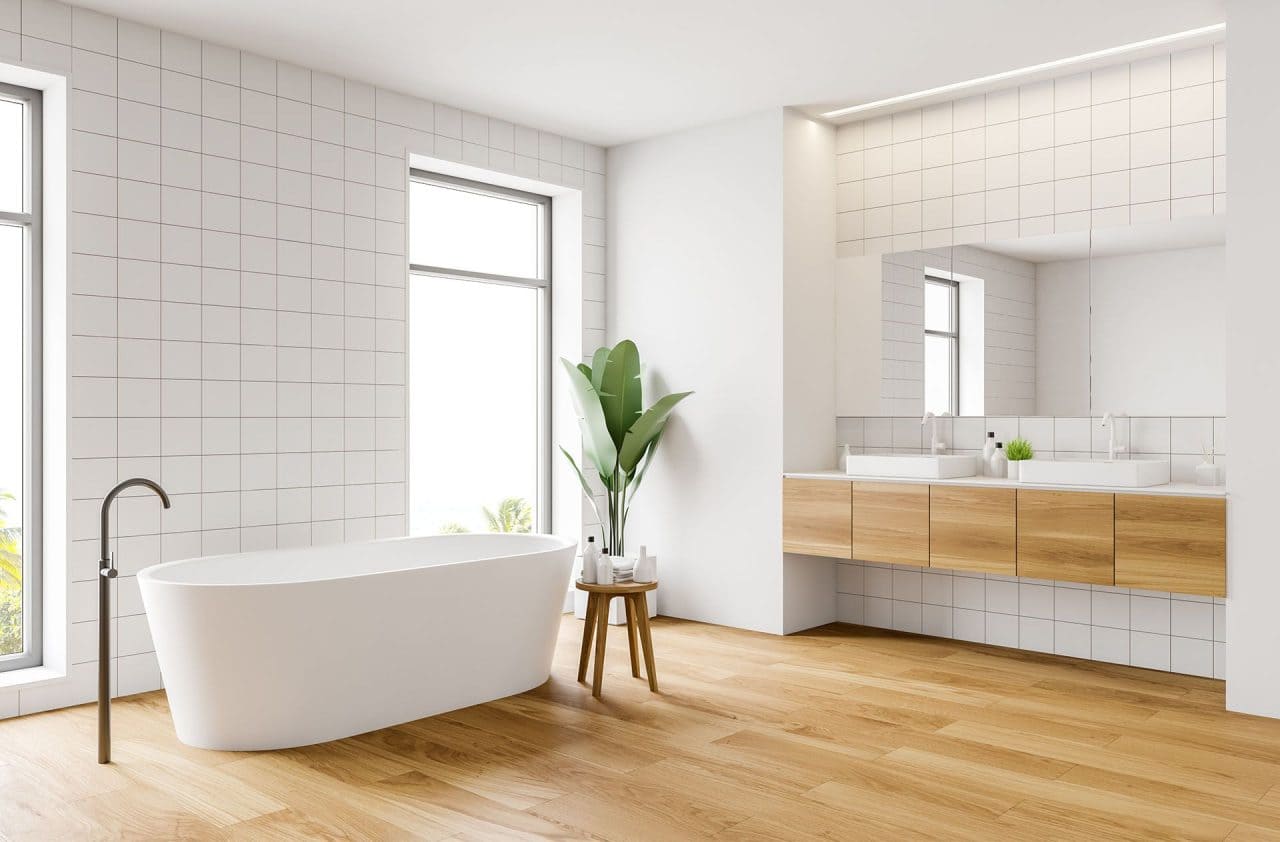Introduction:
In the realm of architecture and interior design, the significance of flooring cannot be overstated. It serves as the canvas upon which the daily choreography of life unfolds. However, when this canvas transforms into a slippery terrain, the elegant waltz of existence can quickly become a precarious dance with gravity. This narrative explores the multifaceted dimensions of a slippery floor, delving into its causes, consequences, and potential solutions.
The Prelude: Causes of Slippery Floors
The genesis of a slippery floor can be traced to a myriad of factors. One of the primary culprits is the choice of flooring material. Surfaces like polished marble, glossy tiles, or even hardwood floors can become treacherous when exposed to moisture. Rainwater, spills, or even freshly mopped surfaces can transform these sleek floors into veritable ice rinks.
Beyond material selection, inadequate maintenance practices can exacerbate the slipperiness of a floor. Improper cleaning agents, residual soap, or neglected spills contribute to the perilous nature of surfaces, turning them into hidden hazards awaiting the unsuspecting individual.
The Unseen Dangers: Consequences of Slips and Falls
The consequences of a slippery floor extend far beyond the immediate embarrassment of an awkward tumble. Slip-and-fall accidents are a leading cause of injuries, ranging from minor bruises to severe fractures. The vulnerable demographic, including the elderly and children, are particularly susceptible to the ramifications of an unsteady floor. Businesses, too, face legal repercussions when their premises are deemed unsafe due to slippery conditions.
The Domino Effect: Psychological Impact on Individuals
The psychological toll of navigating a slippery floor cannot be ignore. Individuals who have experienced a fall may develop a heightened sense of anxiety and fear, affecting their confidence in performing routine activities. The mere thought of traversing a potentially treacherous surface can induce stress, hindering the natural flow of daily life.
Navigating the Maze: Strategies for Slippery Floor Mitigation
As society grapples with the challenges posed by slippery floors, a plethora of strategies and technologies emerge to mitigate the risks. Anti-slip coatings, designed to enhance traction, offer a promising solution to the problem. These coatings can be applie to various surfaces, transforming them into secure terrains without compromising aesthetics.
In the realm of technology, smart flooring systems equippe with sensors and responsive mechanisms are being develope to detect and counteract slippery conditions in real-time. These innovations not only address the immediate hazard. But also herald a future where floors actively adapt to the needs and safety of their occupants.
The Collaborative Effort: Building Awareness and Accountability
The journey towards slip-free environments requires a collaborative effort. From architects and interior designers to property owners and occupants, each stakeholder plays a crucial role in fostering awareness and accountability. Implementing comprehensive safety measures, conducting regular inspections. And educating individuals on the risks and preventive measures contribute to a collective stride towards secure and stable living spaces.
Conclusion: A Harmonious Coexistence with Floors
As we navigate the ever-evolving landscapes of architecture and design, the challenge of slippery floors invites us to reconsider the relationship between form and function. By embracing innovative solutions, fostering awareness. And cultivating a sense of responsibility, we can transform the slippery floor from a potential hazard into a harmonious stage for the dance of life. In this symphony of safety, each step becomes a confident stride, and the floor beneath our feet becomes a steadfast partner in the elegant choreography of existence.





